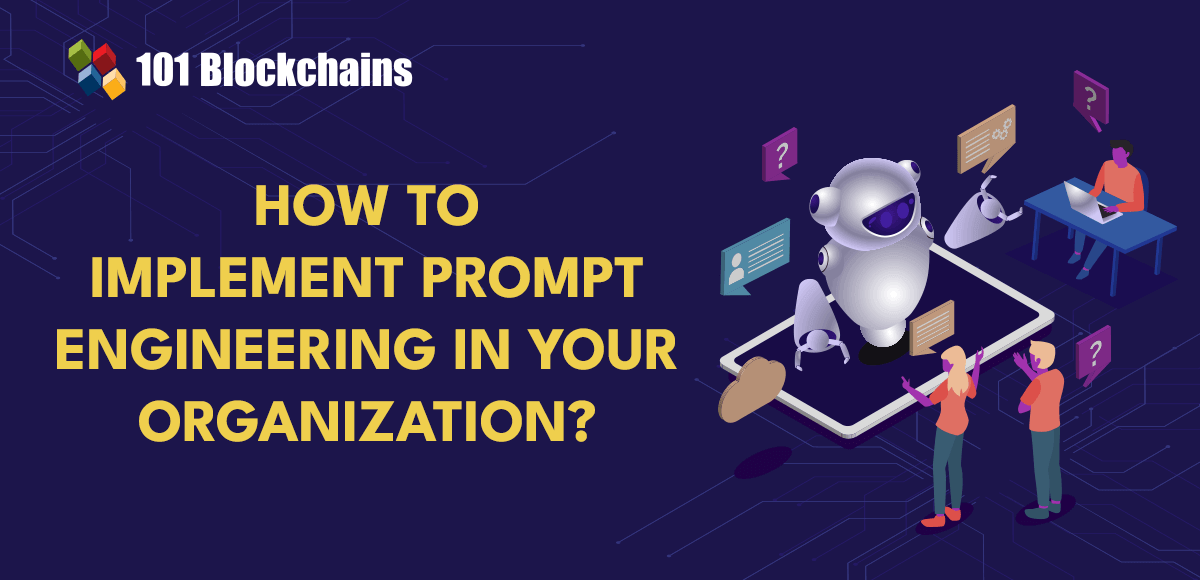6 ways generative AI can optimize asset management

Regardless of the size of the organization, all asset managers face similar tasks. This means streamlining maintenance plans, improving asset or equipment reliability, and optimizing workflows to improve quality and productivity. A recent IBM Institute for Business Value study of chief supply chain officers found that nearly half of respondents said they had adopted new technologies in response to challenges.
Even greater support will come from the power of generative artificial intelligence (AI)-based models combined with traditional AI to exert greater control over complex asset environments. Built on top of large-scale language models, these foundational models are trained on massive amounts of external, unstructured data. You can interpret and manipulate existing data while generating responses such as text and images.
Let’s take a look at six ways generative AI can optimize enterprise asset management operations, including field service, maintenance, and compliance. Generative AI can:
1. Create work instructions
Field service technicians, maintenance planners and field performance supervisors make up our frontline team. Work plans and work instructions are required for asset breakdowns and repairs. Hybrid AI or machine learning (ML) models can be trained on enterprise and published data, including newly acquired assets and sites.
Create visual analytics and instantly deliver content to your team through interactive conversations. This knowledge can help you increase field service uptime by 10% to 30% and increase first-time repair rates by 20%, resulting in cost savings, increased worker productivity, and increased customer satisfaction.
2. Improve the efficiency of work order planning
Work orders drive activities by approving and providing work plans and resources to handle work based on the work plans. The process itself is simple but time-intensive, so it’s no surprise that work order planning is often delayed.
Generative AI augments the foundational model by training it with all the instructions, parts, tools, and techniques needed for a specific asset or class, supporting the creation of an action plan. This will empower your staff, resulting in a 10-20% increase in planning proficiency. Generative AI can also drive automation and recommend updates to maintenance standards, potentially increasing compliance by 10% to 25%.
3. Reliability engineering support
Reliability is a critical key performance indicator for any asset-centric business. Unfortunately, many skilled reliability engineers are leaving the field, leaving limited resources for training replacements. Generative AI uses hybrid AI/ML models to generate error and impact analysis from historical data, enabling you to prioritize and reduce serial errors by up to 25% to 50% while increasing site reliability by 10% to 15% .
4. Analysis and application of maintenance standards
Generative AI-based models can be trained on asset class standards, including work history, maintenance plans, work plans, and spare parts. Identify and recommend compliance with current standards for existing assets. Generative AI analytics improves employee skills, extending asset life by 15% to 20% and increasing uptime by approximately 5% to 10%.
5. Maintenance quality updates
Once a work order is complete, it often signals that it’s time to move on to the next order. However, intelligent analysis of completed work orders can reveal areas where compliance or maintenance processes need improvement. Generative AI can recommend updates to improve the effectiveness of planned maintenance by 15 to 25 percent, and can increase planning proficiency by 10 to 20 percent by generating new work plans based on work plans completed during absences.
6. Safety and compliance support
Generative AI provides real-time support for industrial, field or asset safety and compliance, reducing fines by 25% and improving compliance by up to 50%. A training model that uses published safety guidelines, regulations, regulatory filings, rules, and internal data sources significantly improves the speed, accuracy, and success rate of regulatory filings for planners and technicians.
Explore generative AI
Learn more about what IBM Consulting® is doing in generative AI.
Reinvent how you run your business and transform your supply chain with AI.
Was this article helpful?
yesno



